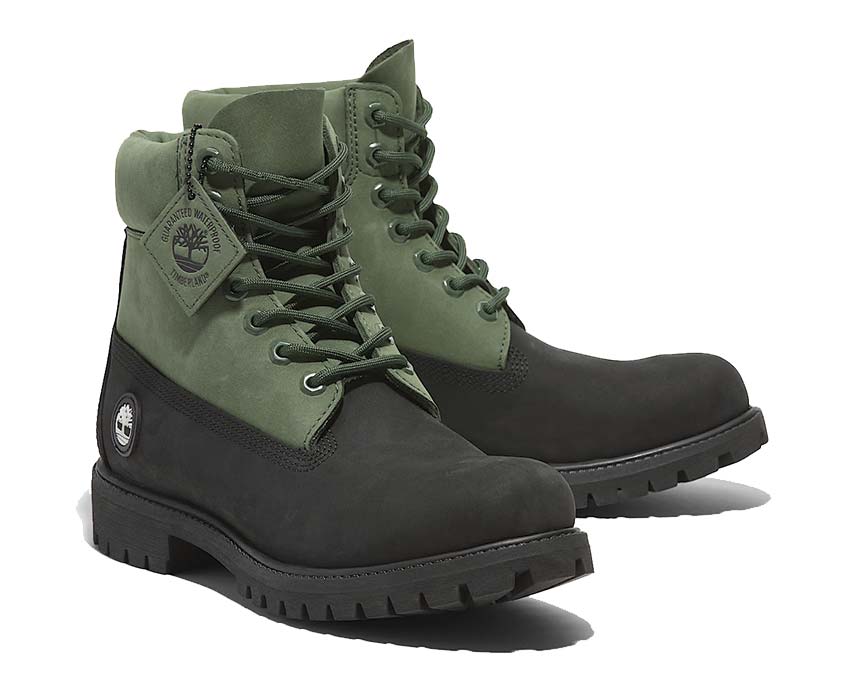
Streetwear is a constantly evolving cultural movement, and every few years, one sneaker emerges as the defining shoe of its era. In recent years, the Nike Dunk Low “Panda”—popularly known as Panda Dunks—has become that shoe. With its clean black-and-white colorway, widespread accessibility, and social media virality, the Panda Dunk has transcended sneaker culture to become a fashion phenomenon. But its significance goes far beyond being just a popular sneaker—it represents a shift in how people approach style, identity, and culture in the 2020s.
The Origins of the Panda Dunk
To understand the cultural weight of Panda Dunks, it’s important to know their history. The Dunk silhouette was first introduced in 1985 as a basketball sneaker, but its simple design, durability, and flat sole made it a favorite among skateboarders in the 1990s. As sneaker culture grew, the Nike Dunk became a canvas for countless collaborations and colorways.
The Panda Dunk Low debuted with its minimalist black-and-white design, which instantly appealed to both sneakerheads and casual wearers. Its neutral tones made it versatile, while its connection to the Dunk lineage gave it credibility in sneaker culture. Unlike flashy collaborations or limited drops, Panda Dunks became a mass-market hit that blended accessibility with style.
The Rise of Panda Dunks in Streetwear Culture
Streetwear thrives on statement pieces, but sometimes simplicity makes the loudest impact. The Panda Dunk’s rise in popularity coincided with the growing influence of TikTok, Instagram, and sneaker resale platforms. Suddenly, everyone from fashion influencers to high school students was posting outfits featuring Panda Dunks.
Unlike more exclusive sneakers such as Travis Scott’s Jordan collaborations or Off-White Nikes, Panda Dunks were obtainable for the average consumer. This accessibility allowed them to spread rapidly across different fashion communities, becoming the go-to sneaker for everyday wear. Their popularity proved that a sneaker doesn’t need to be rare or expensive to dominate streetwear culture—it just needs to resonate.
Social Media and the Virality of Panda Dunks
No sneaker in recent years has been as visible on social media as the Panda Dunk. TikTok fashion creators, sneaker review channels, and Instagram influencers have all contributed to its viral status. The “fit check” trend, where users showcase their outfits, often features Panda Dunks because of their universal matchability.
On platforms like TikTok, the shoe became a symbol of fashion identity. Some mocked the over-saturation—joking that “everyone has Panda Dunks”—while others celebrated them as the ultimate essential. Either way, the constant discourse around the shoe only strengthened its cultural presence.
The Unisex Appeal of Panda Dunks
One of the key cultural impacts of Panda Dunks is their genderless appeal. While many sneakers are marketed toward specific demographics, Panda Dunks have seamlessly crossed boundaries. Men, women, and non-binary individuals all style them with equal confidence.
The simplicity of the black-and-white design makes them adaptable for different aesthetics—whether paired with baggy streetwear, sleek minimalist fits, or even semi-formal attire. This universal appeal reflects the broader trend in fashion toward gender neutrality and inclusivity, where style is no longer limited by outdated categories.
Panda Dunks as the “Air Force 1” of the 2020s
In many ways, Panda Dunks have assumed the cultural role once held by the Nike Air Force 1. For decades, the Air Force 1—especially the all-white pair—was seen as the universal sneaker that worked with any outfit. Panda Dunks now fill that void for Gen Z.
Their black-and-white palette provides versatility, while the Dunk silhouette offers a slightly slimmer and trendier shape compared to the bulkier Air Force 1. The transition from Air Force 1 dominance to Panda Dunk ubiquity demonstrates how cultural staples evolve to match new generations’ tastes.
Celebrity Endorsements and Cultural Validation
Celebrities play a huge role in elevating a sneaker from trend to cultural icon. Panda Dunks have been spotted on Travis Scott, Justin Bieber, Bella Hadid, Kendall Jenner, and countless influencers. Unlike luxury sneakers or limited releases, Panda Dunks signal relatability while still being stylish.
This duality makes them powerful: celebrities wear them to signal that they’re in tune with everyday streetwear culture, while fans embrace them as proof of their mainstream fashion status. The relationship between celebrities and Panda Dunks reinforces the idea that fashion today is a shared cultural dialogue between influencers, fans, and brands.
Panda Dunks and the Sneaker Resale Economy
While Panda Dunks were designed as a general release sneaker, their overwhelming demand has fueled a thriving resale market. Despite constant restocks, resale prices have stayed consistently above retail value, highlighting their desirability.
This reflects the larger cultural shift in how sneakers function—not just as footwear but as investments and cultural commodities. The Panda Dunk may not have the same scarcity as limited-edition collaborations, but its status as a mass-market hype sneaker makes it a unique case study in the economics of streetwear.
Are Panda Dunks Overrated?
With great popularity comes backlash. Some in sneaker culture argue that Panda Dunks have become “basic” or “overplayed.” Memes circulate online poking fun at how common they are, with jokes suggesting that everyone owns a pair.
But this criticism actually reinforces their cultural impact. Much like the Air Force 1s or Converse Chuck Taylors, ubiquity doesn’t diminish importance—it enhances it. Panda Dunks may no longer signal exclusivity, but they represent unity and cultural belonging, showing how streetwear has shifted from niche subculture to mainstream lifestyle.
Panda Dunks as a Symbol of Democratic Fashion
One of the most profound cultural impacts of Panda Dunks is how they embody democratized fashion. In the past, sneaker culture was built on exclusivity—rare drops, limited quantities, and gatekeeping by hardcore collectors. Panda Dunks disrupted that model by being widely available yet still stylish.
This shift shows how fashion has become more about expression and accessibility than exclusivity. Panda Dunks allow everyday consumers to feel part of sneaker culture without needing to spend thousands on rare pairs. They represent a cultural movement where style is for everyone, not just elites.
The Future of Panda Dunks in Streetwear
Will Panda Dunks maintain their cultural dominance, or will they fade into the background as the next big sneaker trend emerges? While it’s impossible to predict fashion cycles with certainty, Panda Dunks have already secured their place in sneaker history.
Their legacy will likely mirror that of the Air Force 1 or the Stan Smith—timeless, versatile sneakers that remain staples for years. Even if the hype fades, the Panda Dunk’s cultural impact is undeniable, as it reshaped how people view sneaker accessibility, gender-neutral fashion, and viral streetwear trends.
Conclusion
The Nike Panda Dunk Low is more than just a black-and-white shoe—it’s a cultural symbol of the 2020s. It reflects the intersection of fashion, social media, celebrity influence, and consumer accessibility. Its widespread popularity demonstrates that simplicity can make a stronger statement than exclusivity, and its presence in streetwear proves that sneaker culture has fully transitioned from niche hobby to global movement.



A Panda Dunks is a clean, everyday sneaker with a bold black-and-white color scheme. It features a white leather base with black leather overlays, black Swoosh, and a white midsole. The design is minimal, versatile, and goes with just about anything—perfect for casual wear or street style.